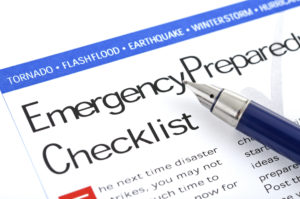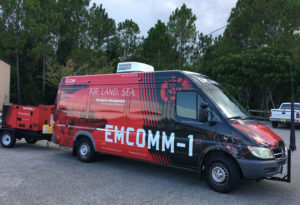Earlier on this blog, I wrote about Emergency Communications — Amateur Radio’s Role. In that post I touched on the things that I feel make amateur radio ideal for emergency communications:
- Communication Options — Amateur radio offers frequencies from HF to VHF to UHF as well as communication modes from CW to D-STAR. That range of options allows local, regional, or national communications in times of need.
- Volunteers — The number of licensed amateur radio operators has never been greater. They are eager to get involved to help out in any situation.
- Training — There are plenty of training options available from introductory courses to management courses. That includes ARRL courses as well as FEMA Community Emergency Response Team (CERT), Incident Command System (ICS), and National Incident Management System (NIMS) training.
- Experience — ARRL Field Day is a great way to test your club’s ability to get a station on the air, make contacts, and get everyone involved. Hopefully, you also have other events that you’re supporting in addition to your routine repeater and equipment maintenance.
I also pointed out in that blog post that there can often be a big gap between technical skills and the human skills that we bring to any emergency. It’s all well and good that we have the radios, training, and experience but if we can’t mesh with the existing first responder organization, we’re not really helping. And, in fact, we may be hindering their effectiveness.



